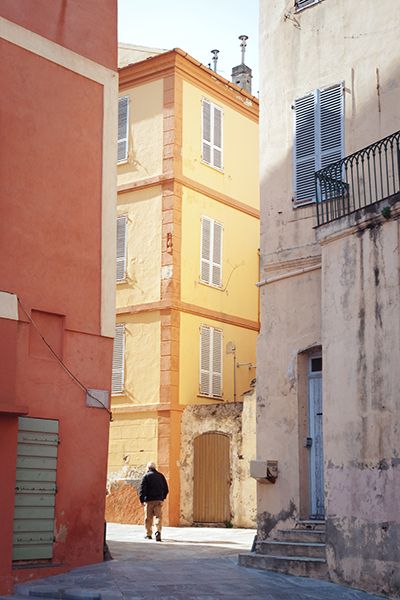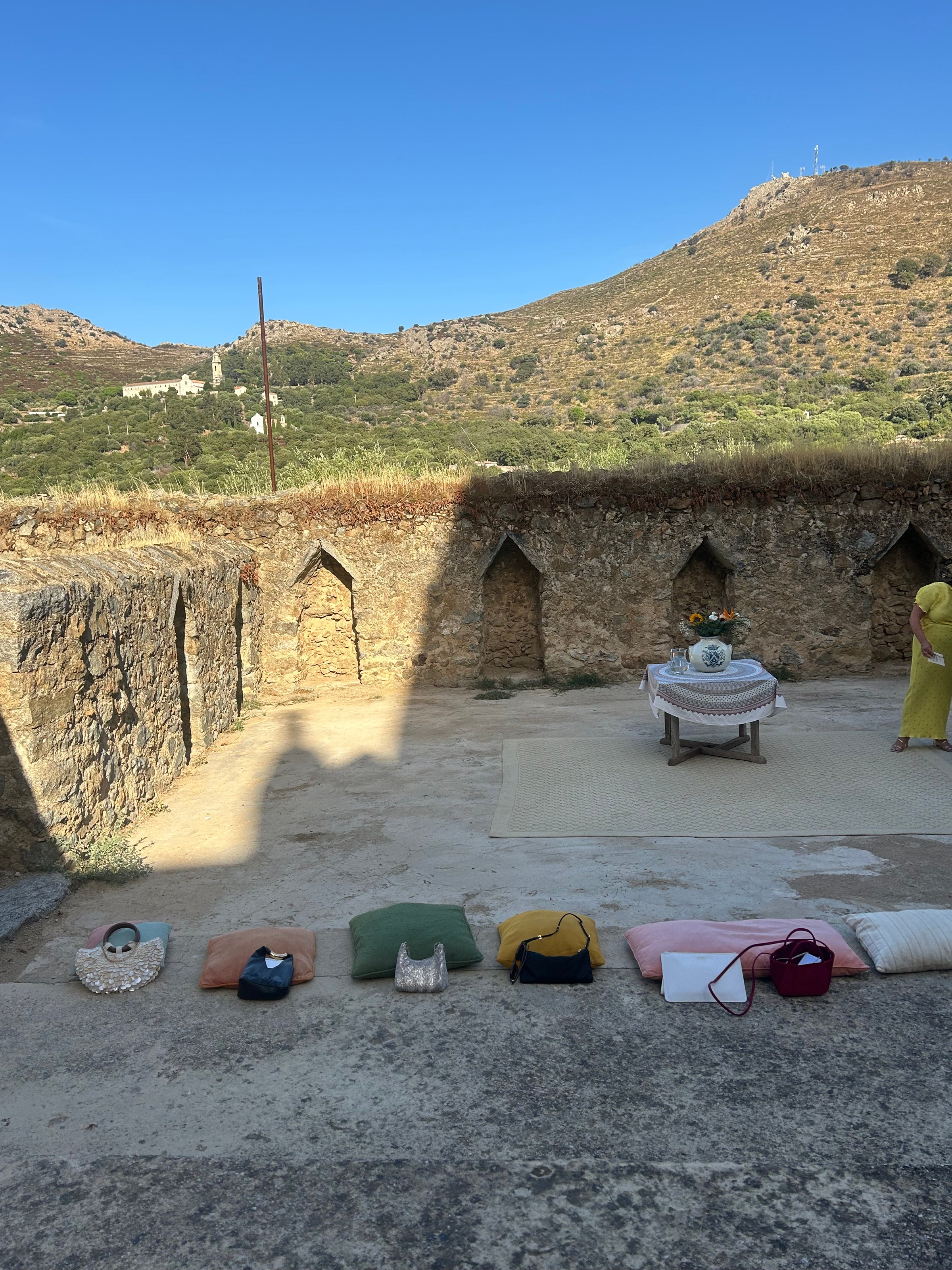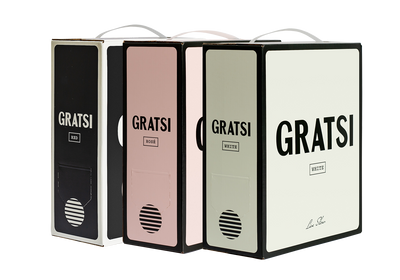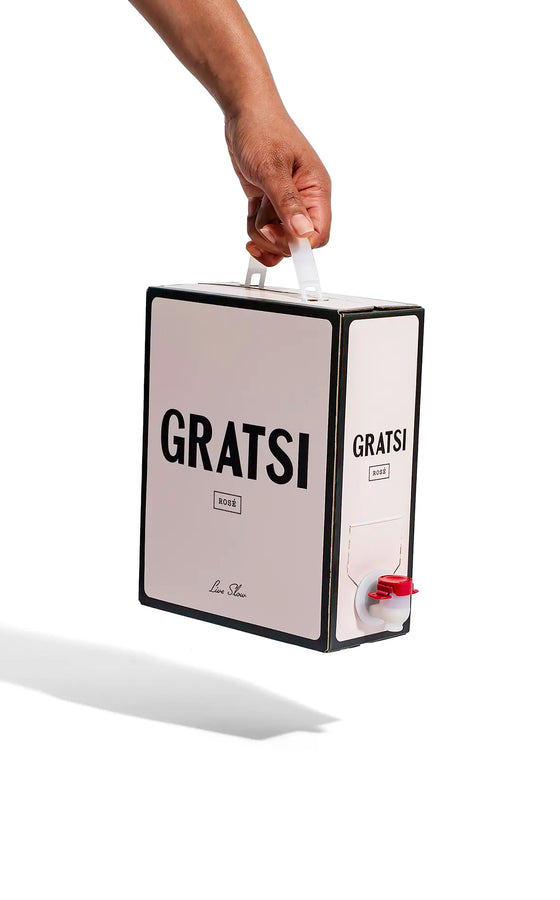A September in northern Corsica: the last hidden gem of the Mediterranean
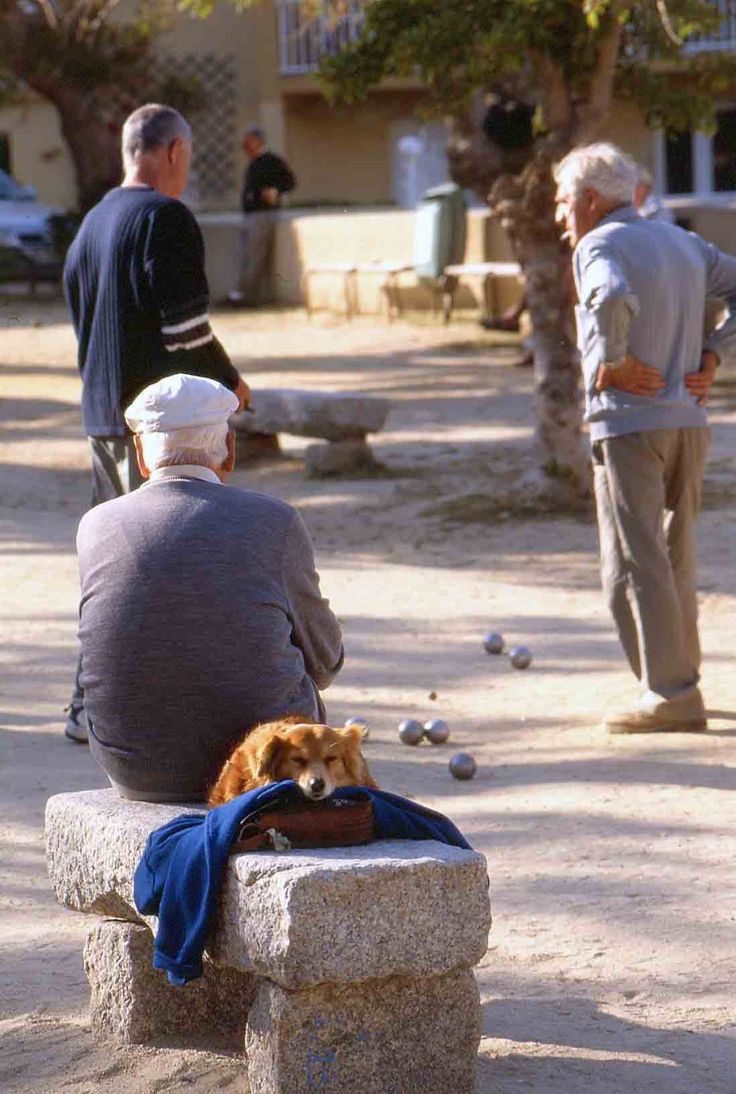
Beaches aren’t packed, crowds aren’t overwhelming, towns aren’t over-touristic.
A September in northern Corsica: the last hidden gem of the Mediterranean
By Antonia Thomas
October 09, 2025
I’m extremely precious about my Septembers. It’s the best time of the year to travel to the Mediterranean. Summer crowds are waning but summer weather is still in full swing. The beauty of these places can be truly appreciated without the masses and your experience is always sweeter when you know these are the last chances of the year to dip into southern European waters.
Though there are rare pockets of the Mediterranean where the spirit of September runs all year long; beaches aren’t packed, crowds aren’t overwhelming, towns aren’t over-touristic. Corsica, the French island which lies in Italian waters, is one such anomaly.
Since the 1st century AD, Corsica has been juggled mainly between French and Italian hands, undergoing several invasions and ruling powers. Its desirability boiled down to its strategic position and wealth of natural resources which still today defines its identity. Whilst officially part of France, the Corsicans feel staunchly independent of their mainland country. Dialects, cuisines and cultural attitudes are proudly unique to them. It was high time to discover this enigmatic island for myself.
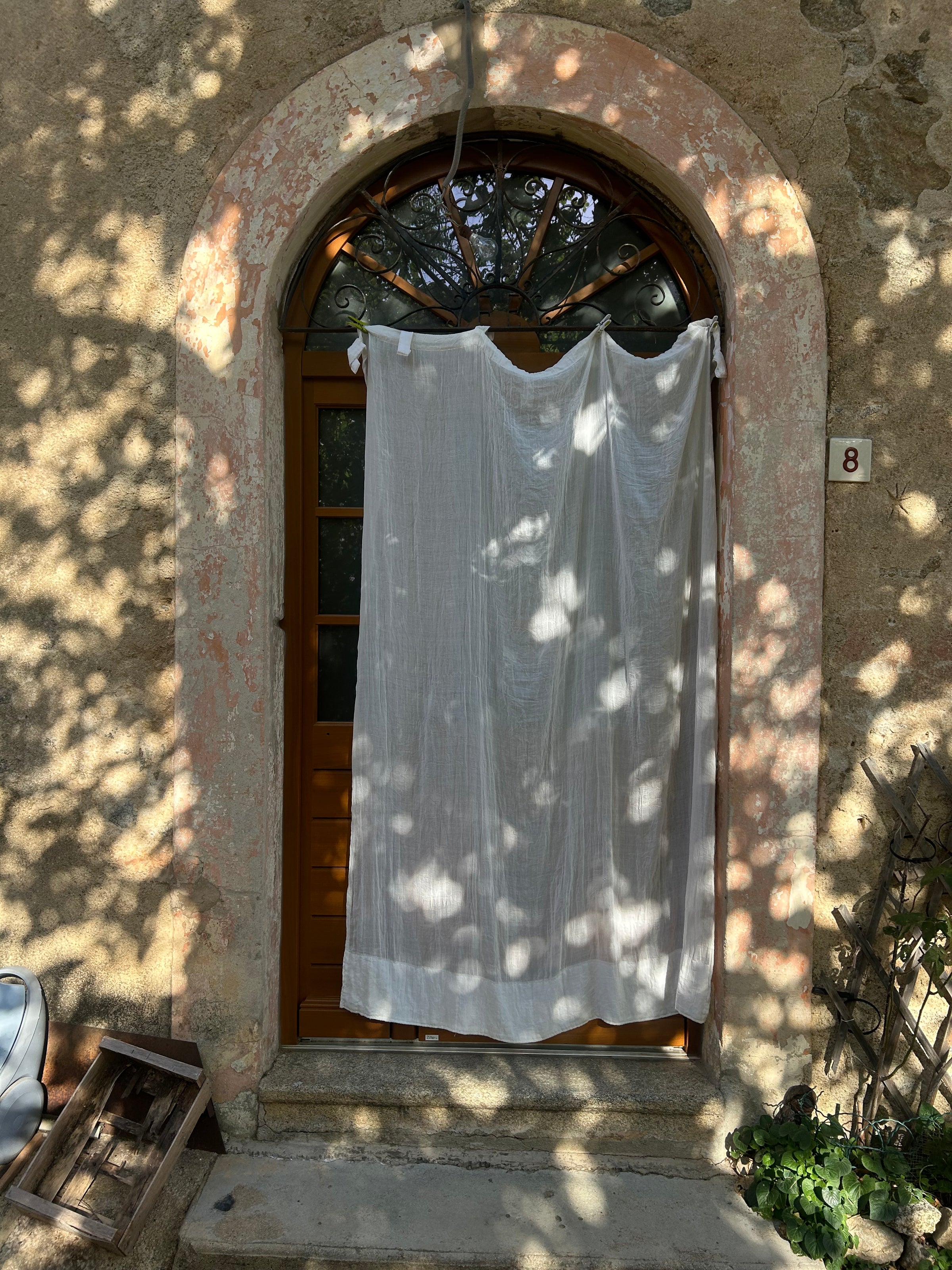
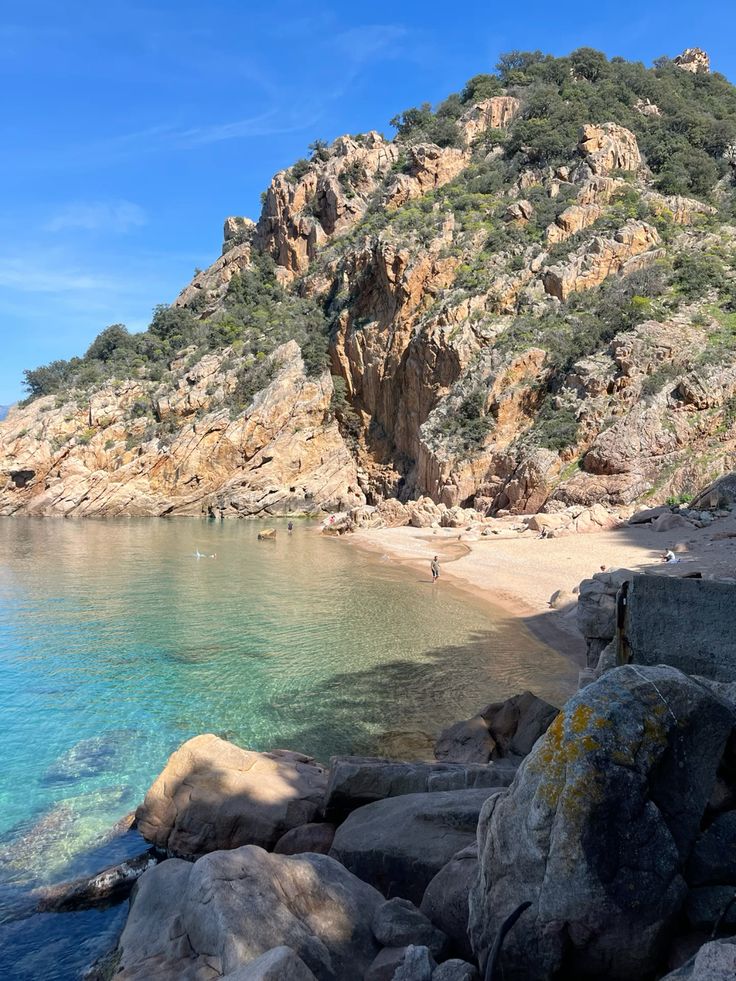
We landed in Bastia Airport on the north-eastern coast of Corsica in early September. It took us 30 seconds to get through passport control - rather concerningly because the security guard saw my EU passport and didn’t feel the need to check it. It was clear we had entered new territories of laissez-fare. Car rental and baggage claim all obtained in record time, and we were off on the Corsican highway speeding towards Pigna in the north.
First impressions from the backseat of our compact Skoda were of the terrain: rugged, mountainous, far-reaching and untouched. The highlands of Corsica reach a maximum of 2700m (Monte Cino) and its land is so characterised by sweeping ranges that the island as a whole is known as ‘the mountain in the sea.’ This vision is protected. As we drove westwards, it felt as though the Corsicans had tried to keep any man-made impositions, such as roads, as un-invasive as possible to preserve the state of their island. Infrastructure is slotted into the landscape and logistics are second-rate to nature.
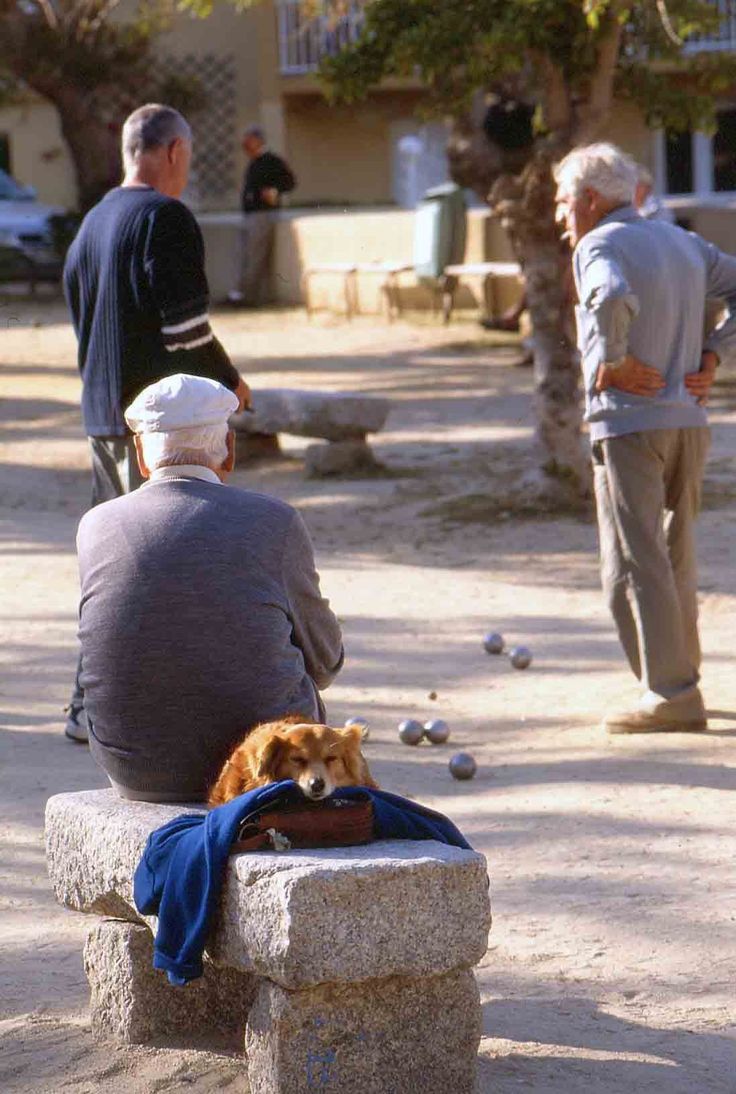
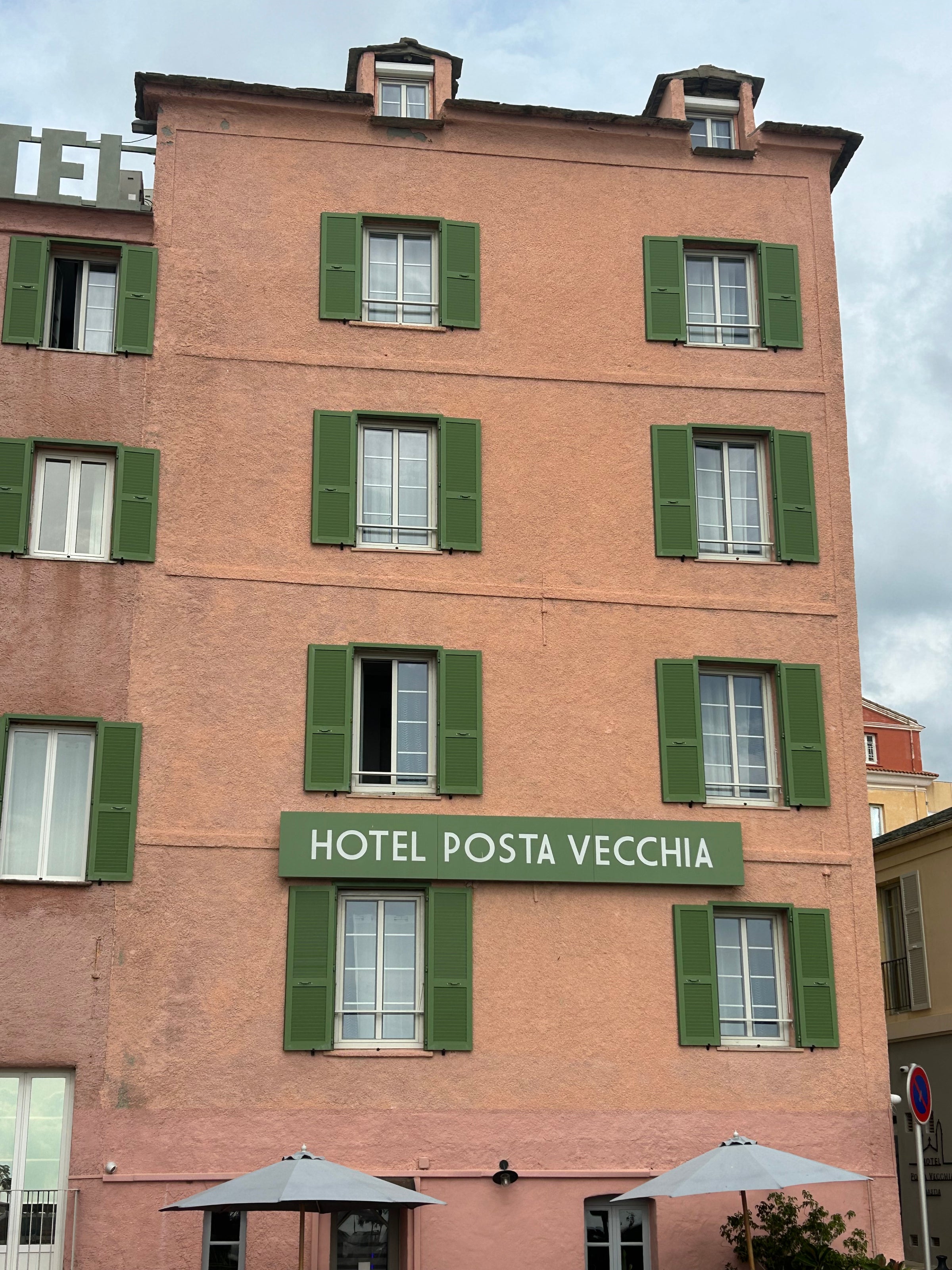
At golden hour, we rolled into the gravel driveway of our little villa in the commune of Pigna. Though it felt as if we were in the middle of the countryside, the beach was a stone’s throw - or a 5 minute walk - away. But that night we were straying no further than our shaded terrace encircled by rustling olive trees and the proud shrills of cicadas. Our first tastes of Corsican culture would have to be through copious glasses of light local rosè which accompanied our dinner of - among other delicacies - fresh baguettes from the nearby boulangerie, and plump tomatoes still well in season here.
You may be surprised to hear that Corsica, whilst boasting 1000km of coastline, is less famous for its seafood than it is for its land grown and reared produce. The island’s chequered past involved a number of invasions where its people were forced to retreat into the safety of the mountains. As shielded settlements were built there, the focus was shifted to meats like wild boar (the principle speciality), lamb and pork served with hearty vegetables including aubergines, potatoes and wild greens. That traditional cuisine has prevailed and even on balmy evenings, restaurants served us rich stews and an abundance of earthy flavours.
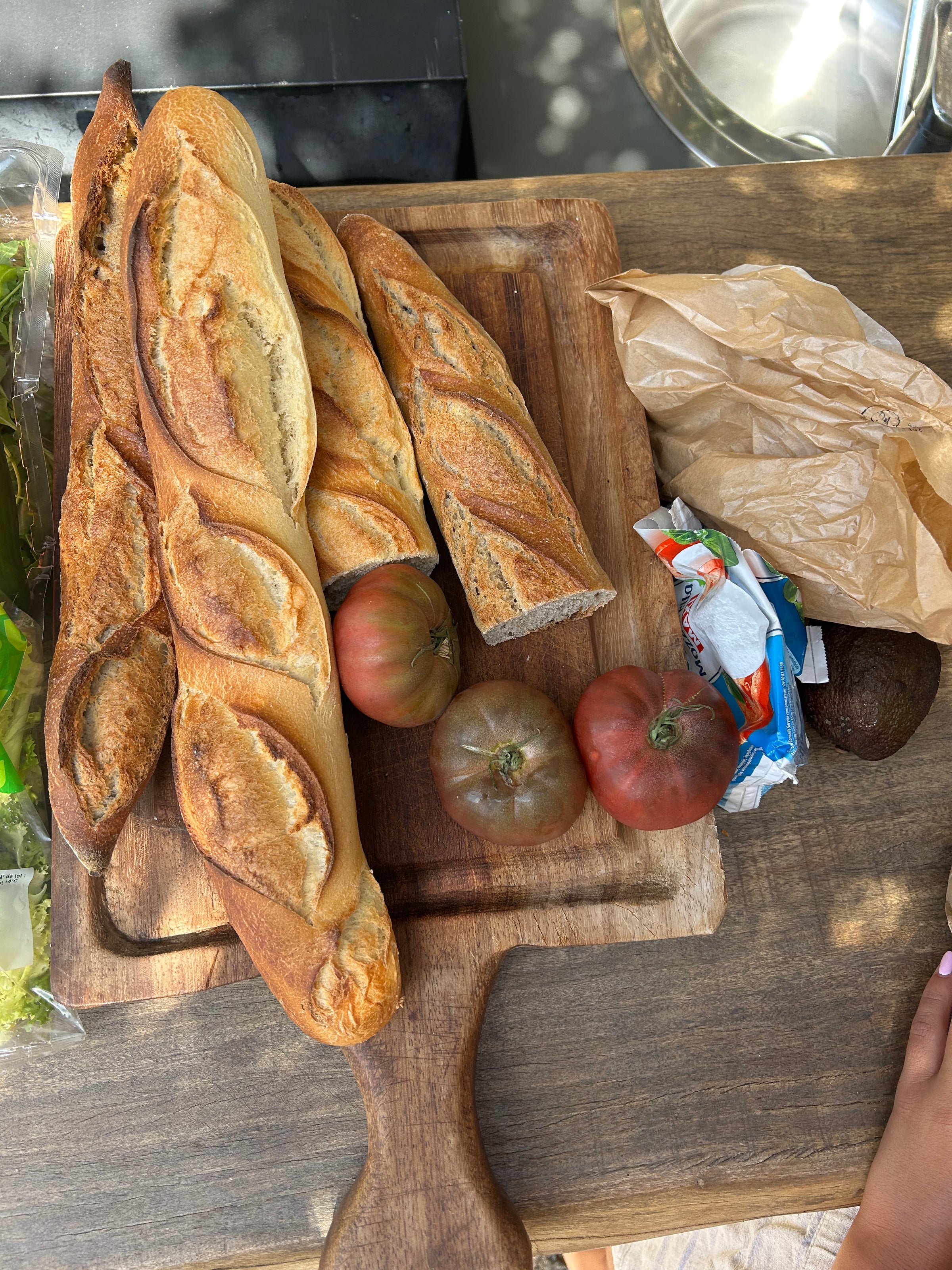
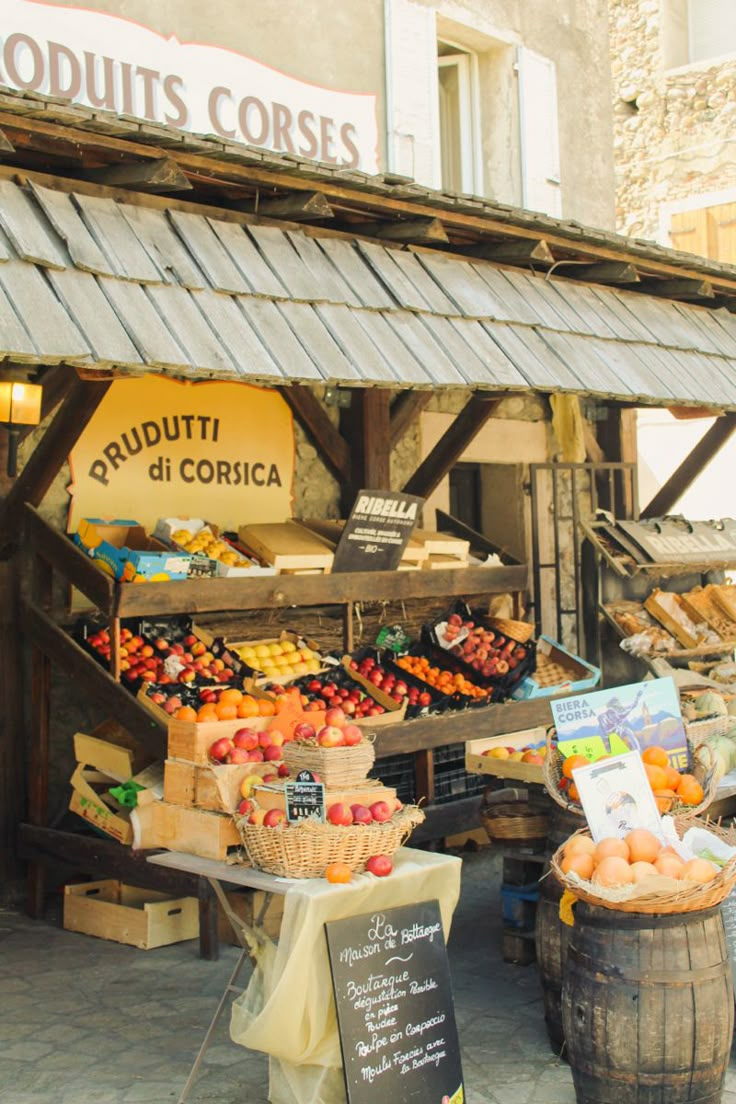
Yet the Corsican shores demand attention too and the next morning, we beelined to our nearest sea access in Aregno. It can be said with some confidence that a large number of southern Europe’s most famously beautiful beaches pale in comparison to what is found here. It seems the entire circumference of the island is pristine, respected and left as natural as possible. Even places with deckchairs and facilities have been constructed with consideration to the environs. Lidos and bars are often made from repurposed wood and other natural materials resisting eyesores and flashy amenities that look out of place. The reward is crystal clear waters and unspoiled sandy stretches. I am told that in the south of Corsica - which I didn’t manage to see on this occasion - particularly Palombaggia, has even more spectacular coastlines.
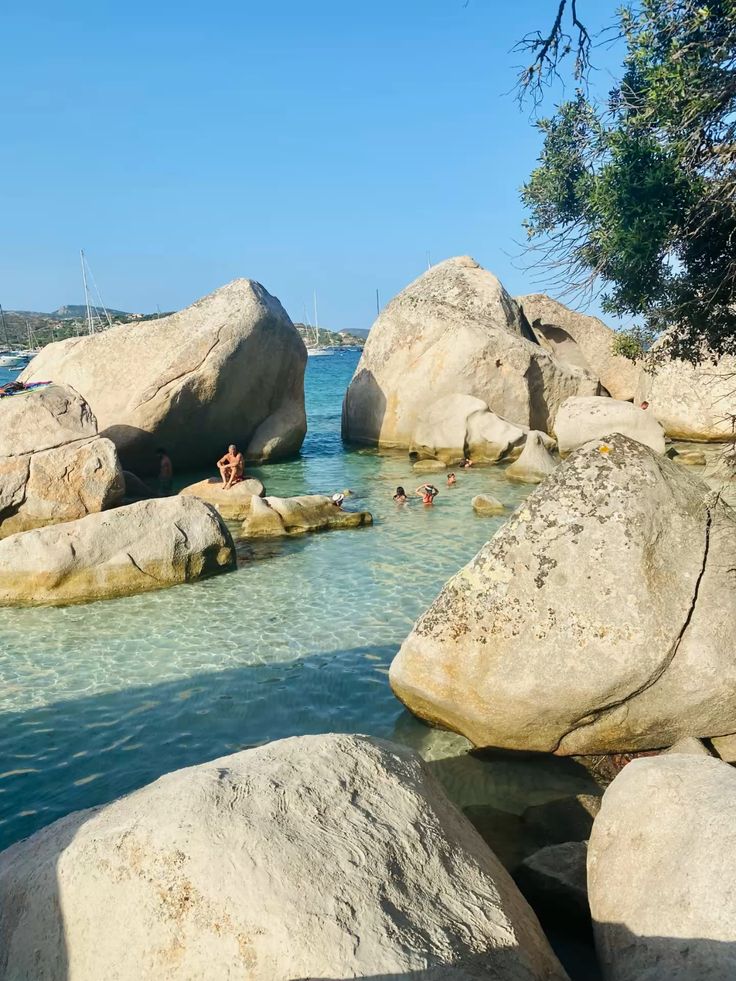
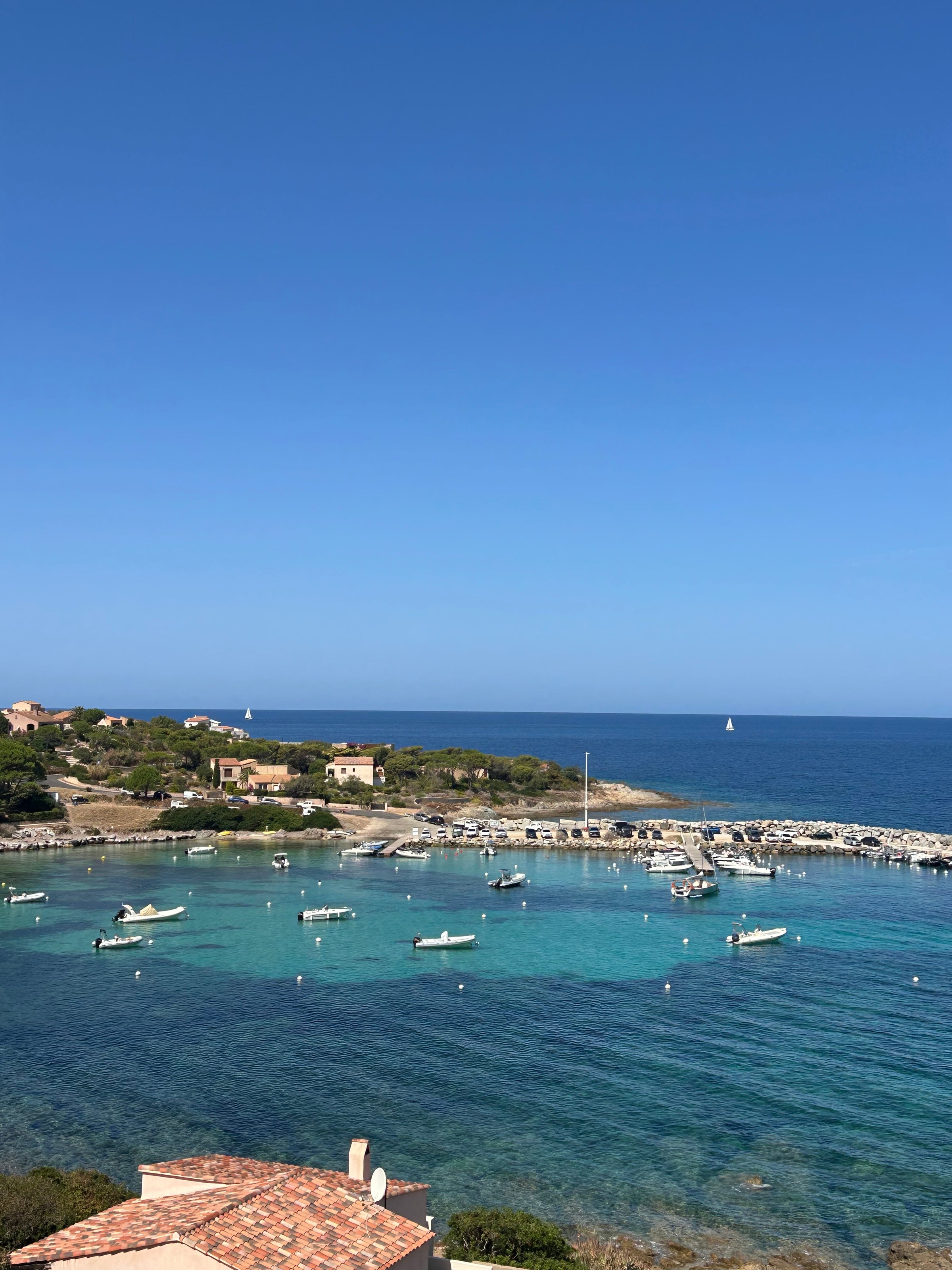
The natural land and seascapes of northern Corsica were so alluring that I cannot admit to having done much in the days ahead. A stroll and coffee in the charming town of Algajola, a little hike to the Marina de San Domiano and a number of pit stops to restock our dwindling bread supply, interspersed our time sprawled out on the sands of Bodri, L’Île Rousse and Ghjunchitu. One late afternoon we headed up to the medieval hilltop town of Pigna known for its artisanal workshops and lingering tradition of folk music. A wedding was being celebrated in the ruins of an erstwhile livestock pen which now took on the appearance of an open air theatre. The bridesmaids were wearing blue to match the town’s painted shutters and the groom had an olive sprig tucked into his blazer. A band was playing traditional songs and this usually quiet, sun drenched nook of the island which gazes on the sea far in the distance, was alive. To throw the bouquet, the bride ran up to a cobbled terrace that overlooked a large public courtyard with panoramic views of the setting sun.
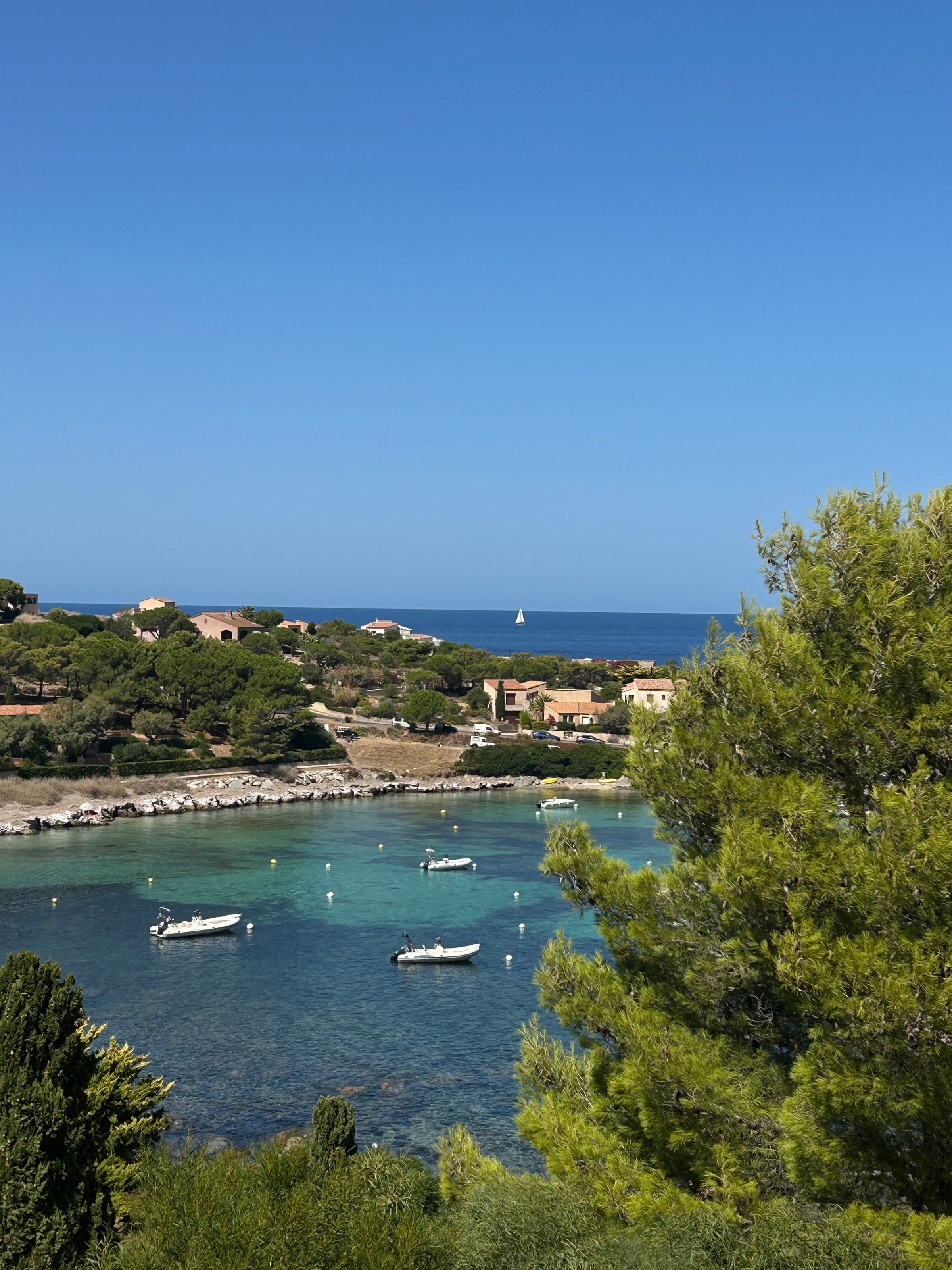
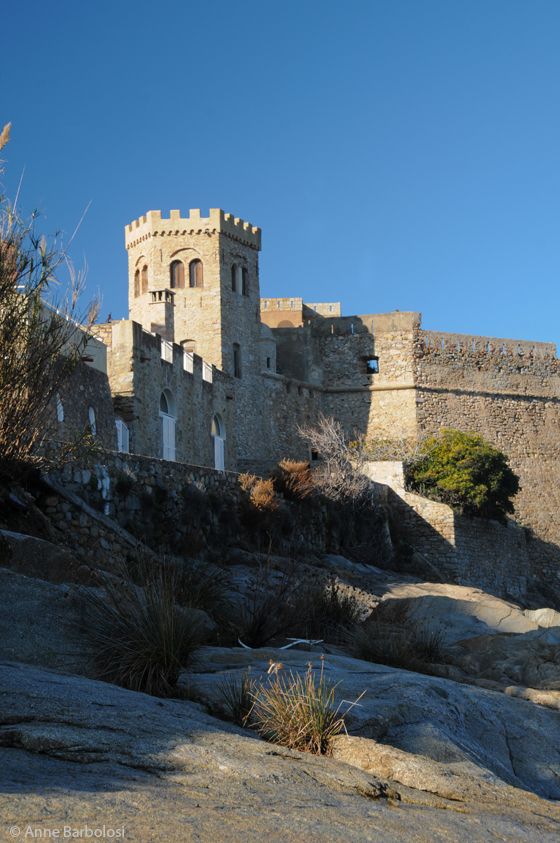
On the last morning, we explored Bastia. It was Corsica’s natural beauty which had truly captured my interests but there was charm as well as grit moulded into this picturesque coastal town. We climbed up to the the 14th century fortress, a stark reminder of a troubled past and popped into the Église Saint Jean-Baptiste, an impressive example of Italian Baroque design. In the Place du Marche, I stumbled upon a daily farmer’s market teeming with locals who were stocking up on the last of the summer produce. The first signs of Autumn could be seen at some of the stands; I spotted a few chestnuts, a Corsican delicacy, that come into season around mid-September.
In Bastia, the mixed Franco-Italian soul felt the strongest. The pace of life was French; baguettes could be seen tucked under arms and older gentlemen played pétanque in the open squares. Yet the architecture, especially of the Old Port, was reminiscent of northern Italian seafront towns. No coincidence, as the Republic of Genoa had ruled Corsica since 1284 for centuries. Bastia served as its capital. It was only in 1768 when the island was sold to France that Italian rule dwindled yet its influence has persisted in cultural nuances and physical structures. The coffee however? Definitely French.
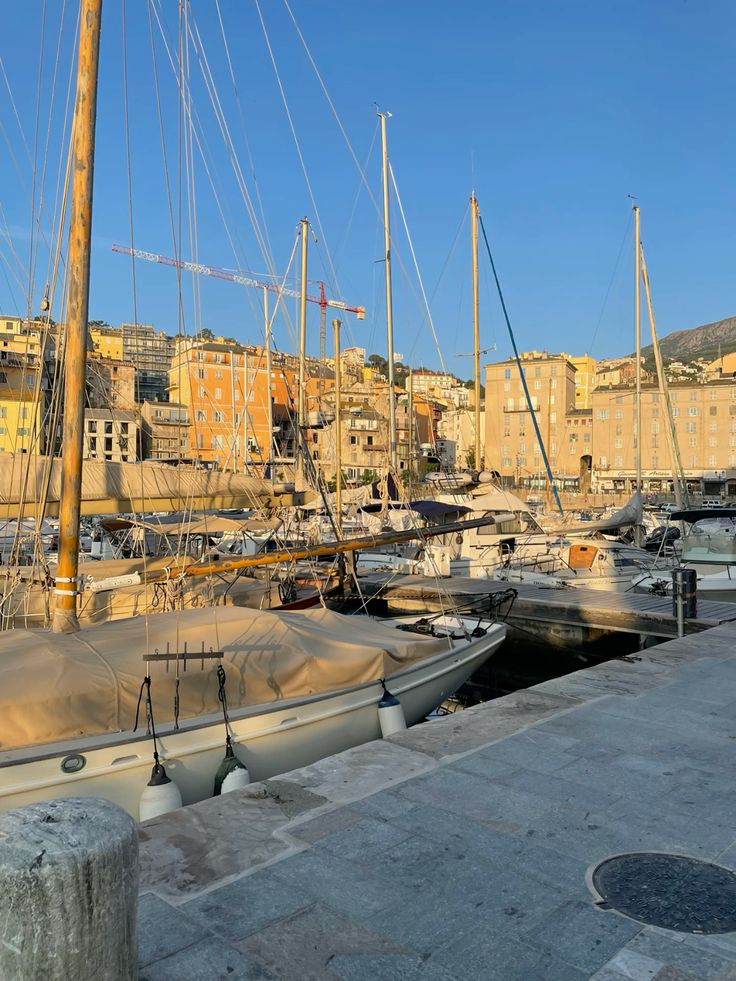
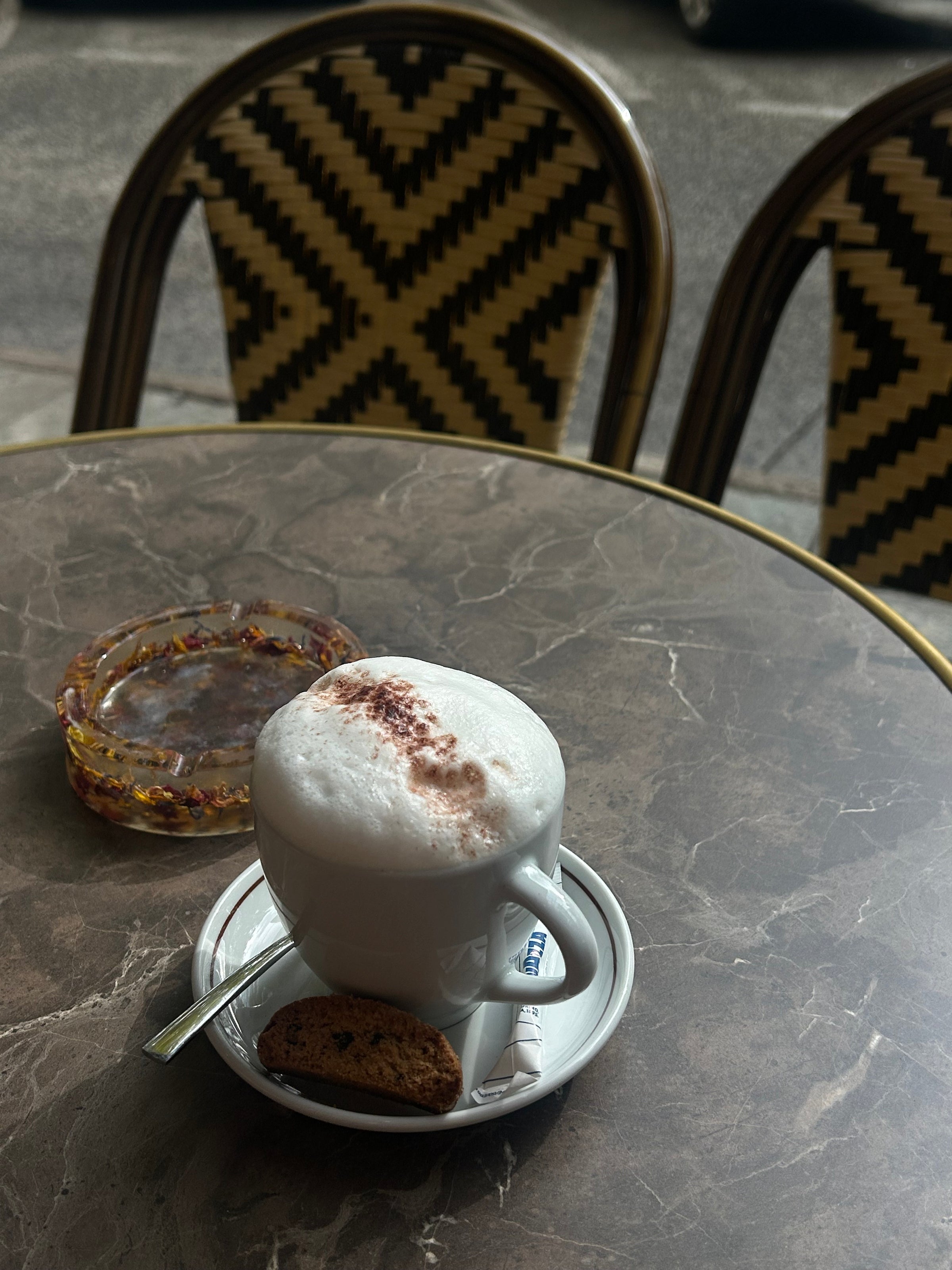
Its difficult to pinpoint why Corsica remains so under the radar. Its neighbouring island, Sardinia is skyrocketing in popularity almost to the point of over tourism. Instead, Corsica resists mass development in favour of preserving its authenticity. Perhaps its as much the natural terrain as it is the people which supports this. The undulating mountains and rugged hinterlands prove challenging to penetrate; villages and local life stay remote and untouched. That’s not say that the island is stuck in time. There are corners which offer the height of luxury and price tags to match it. But Corsica is a haven for those seeking discretion. Its not a place to be seen but rather one to feel humbled by nature and to appreciate a quieter version of Mediterranean life which these days is so difficult to find. By all means, when you go, protect it at any cost.
